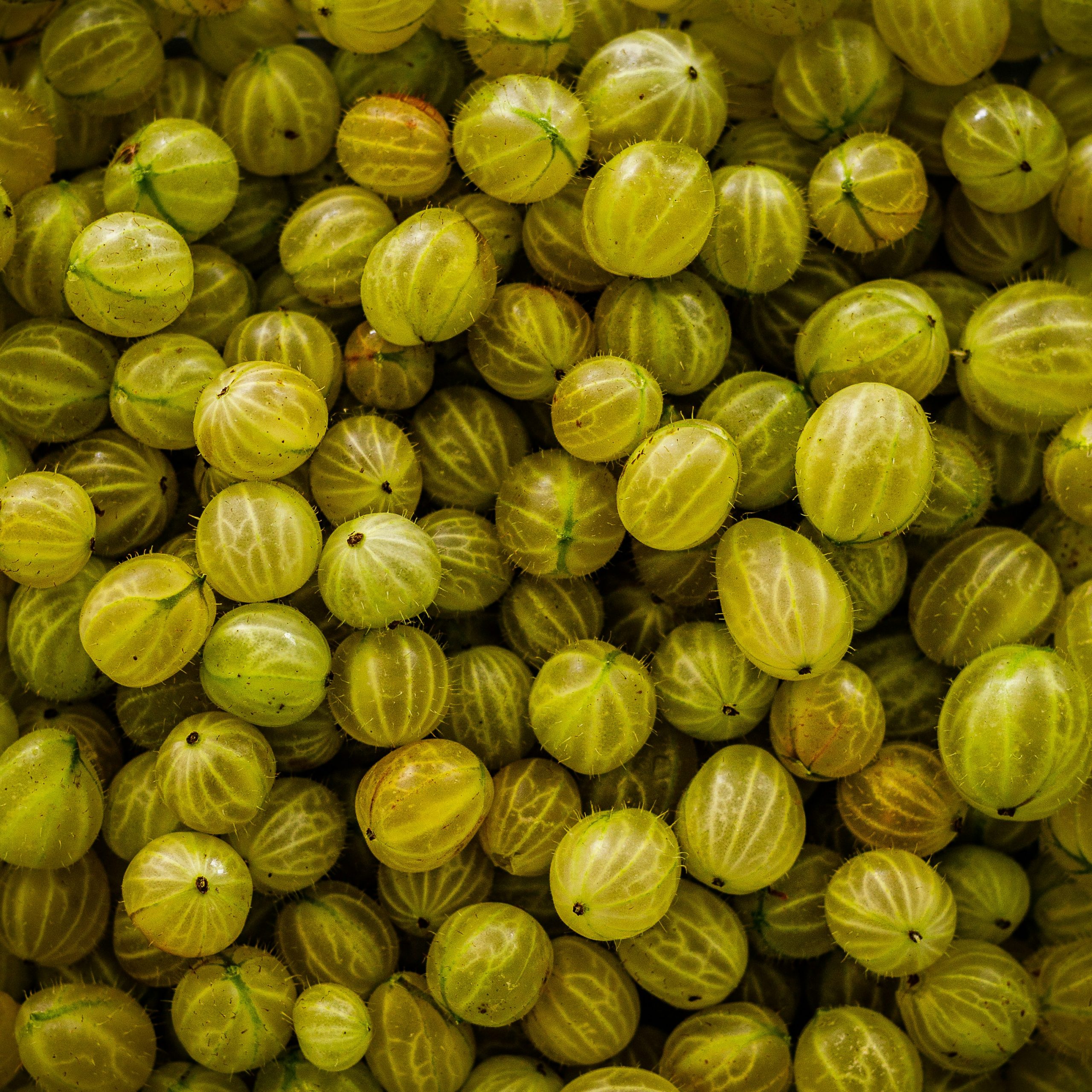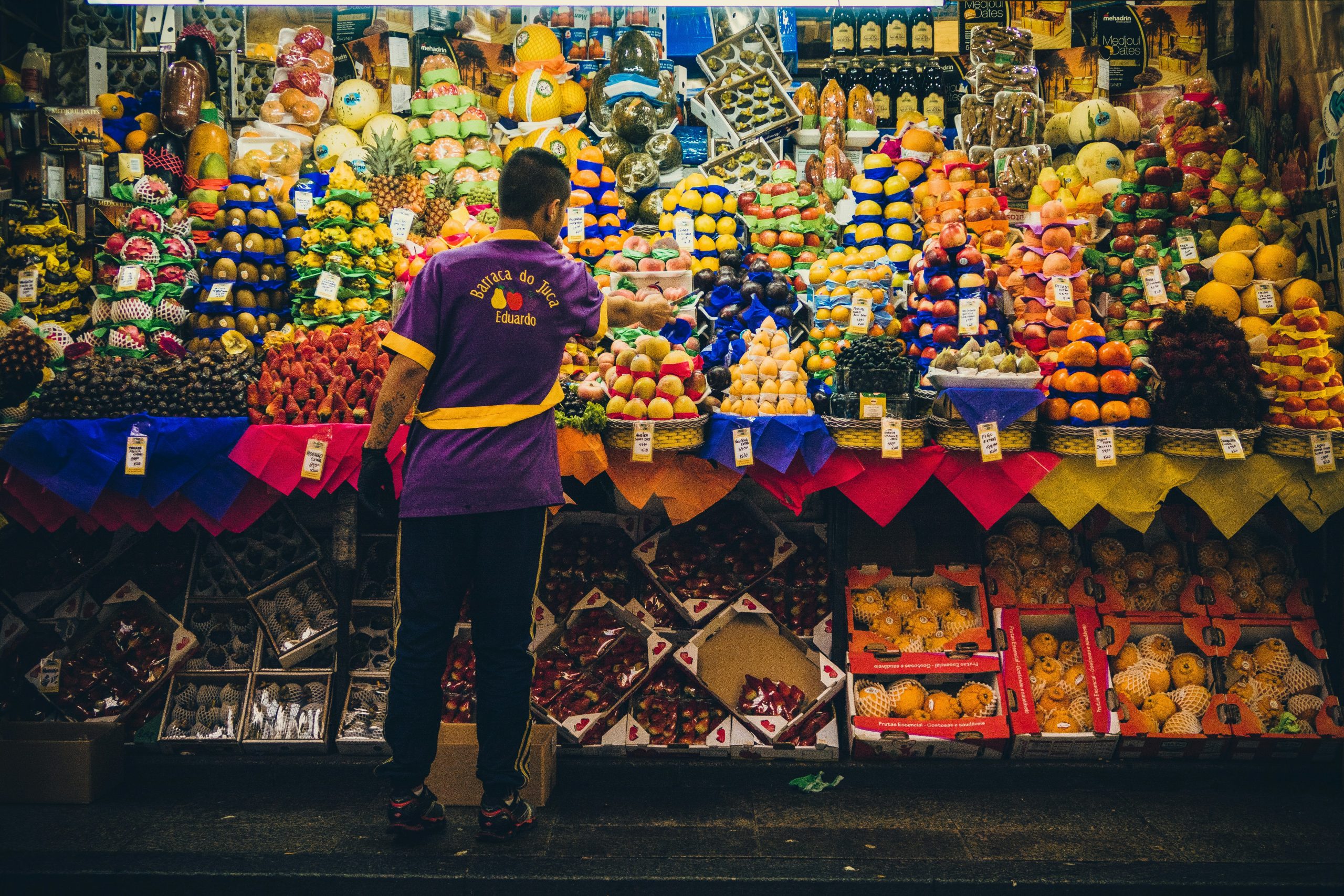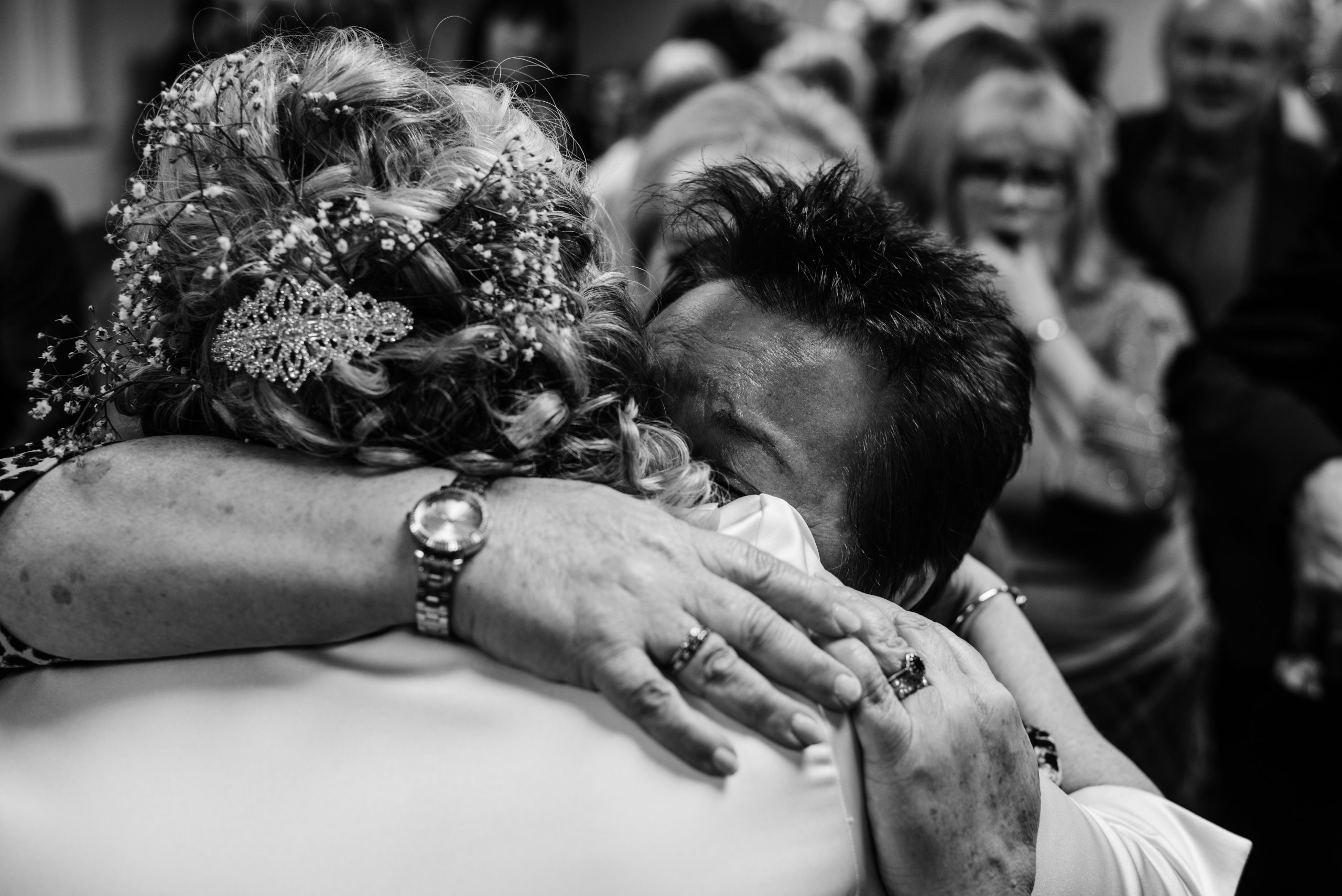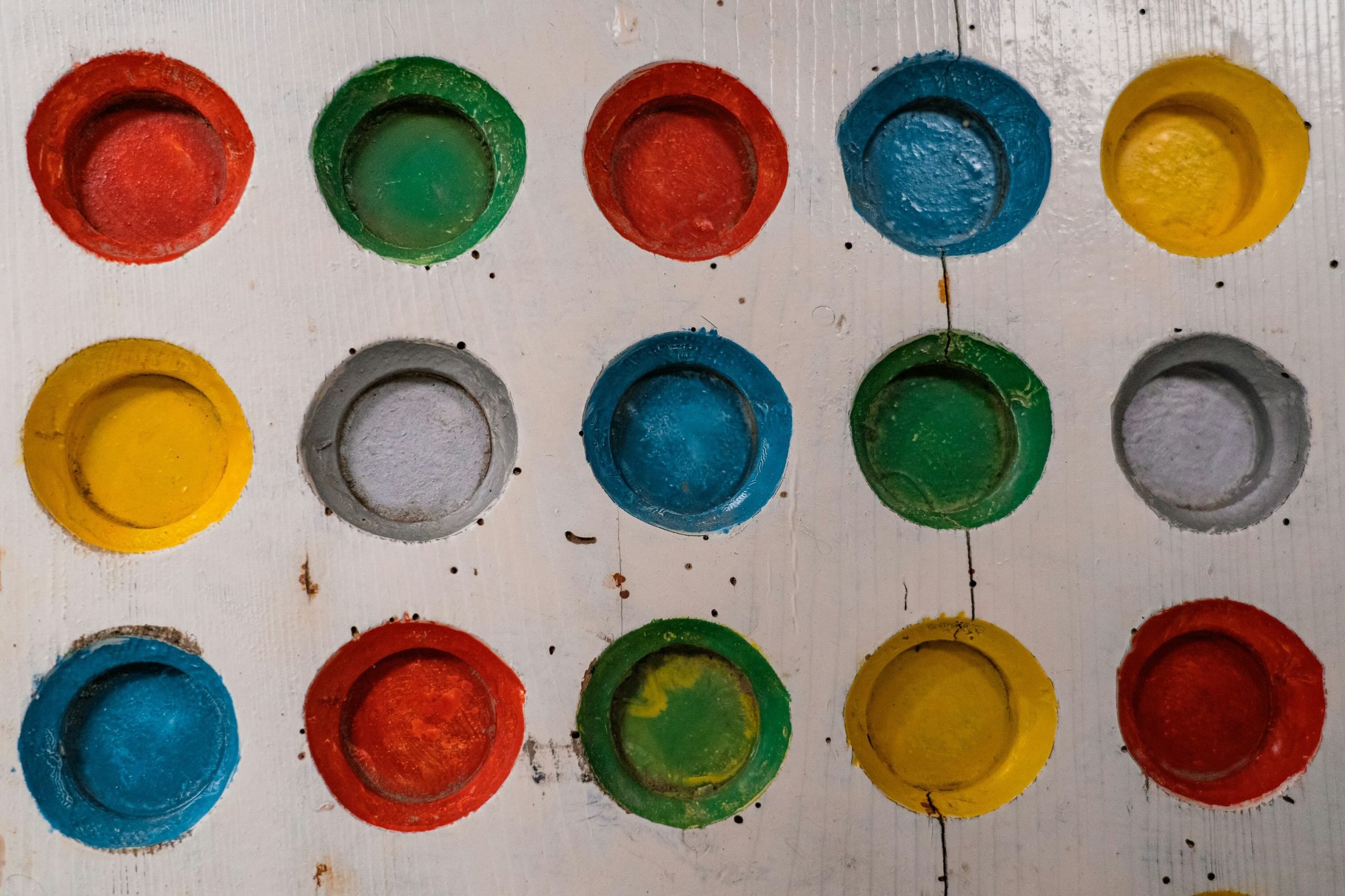Under The Influence
It wasn’t the most sublime wine moment of 2024 but it was the most watched. During April’s London Marathon, wine merchant Tom Gilbey (interviewed on Cork Talk last week) stopped after each mile to blind taste a different wine, thereby raising thousands of pounds for charity. The video of his 25 tasting stops has now […]

It wasn’t the most sublime wine moment of 2024 but it was the most watched. During April’s London Marathon, wine merchant Tom Gilbey (interviewed on Cork Talk last week) stopped after each mile to blind taste a different wine, thereby raising thousands of pounds for charity. The video of his 25 tasting stops has now been watched almost nine million times across Instagram and TikTok. Gilbey’s idiosyncratic tasting posts have amassed almost 560,000 Insta followers (@tomgilbeywine).
There’s an irony in this relatively traditional merchant (“I am a red-trouser person, though I don’t wear red trousers”, admits Gilbey) storming social channels – because much of the British wine trade doesn’t appear to have woken up yet to video-based social media. They need to: the next wine-drinking generation get their information in very different ways to those of us over 30.
Chinese app Tik Tok first pioneered short videos in 2016, rising to prominence over the last five years. More than three quarters of Britons under 24 now use TikTok; overall, half of the online British population watch it. One poll last year found that among US Generation Z women (born 1997-2012), 51 per cent use Tik Tok as their main search engine. Meanwhile Instagram (launched 2010) went head-to- head with TikTok with its video “reels” from summer 2020.
What’s most intriguing for wine is the role of influencers. Internationally, users of Instagram, TikTok, YouTube and Snapchat told this year’s Reuters Digital News Report that they pay more attention to content creators than to mainstream news sources. And one in four Gen Zers told a poll that they planned to become a celebrity influencer.
As a friend my age commented recently of his 24 year-old son, “his generation live in a different world to us.” To check the feeds of lifestyle influencers is to peer into another universe. For example, fashion influencer Emma Chamberlain has 15 million Insta followers and partnerships with Louis Vuitton, Miu Miu and Calvin Klein. It’s where people talk in all seriousness about “top watch influencers”. As former Sunday Times restaurant critic Marina O’Loughlin points out, foodie influencers Topjaw (Jesse Burgess and Will Warr – almost 700,000 Insta followers) reach far more diners than any mainstream critic.
Those in wine that embrace such media can get impressive results. Gilbey tells me that his online sales have risen over the last year from around £5,000 per month to £50,000. He says about half his audience are in the UK, mostly aged 25-35 and mostly men.
Liam d’Arcy, aka @thewinewally (90,000+ Insta followers) says large outlets realise the power of social media. Even in the four years he’s been making wine videos, he says, “I’ve seen it massively change, for example in the way supermarkets interact with you.” Others use it to cross-promote other interests, such as BBC Saturday Kitchen regular Helen McGinn (@Knackeredmother, 122,000 Insta followers).
Yet few wine brands have made much use of such channels. One of the canniest that has is Maison Mirabeau, selling an image of idyllic Provençal living to buyers of its popular rosés via 120,000 Insta followers. That audience is between 25 and 45 and predominantly female, says Mirabeau co-founder Jeany Cronk. It is now the second-biggest Provence brand in the UK. But she cautions that it’s a tricky balance: “We need to find ways to make connections, being inspiring at the same time as staying true to our craft. It cannot be about simply dumbing everything down.”
The latter is a challenge because of the format’s limitations. “It terrifies me that people think they can learn about wine by watching my videos,” says Gilbey. “I worry about trying to do too much in 90 seconds.” He plans to launch a YouTube channel next year to give himself more space.
“You can’t post heavily educational content the whole time,” says d’Arcy. “You have to have content people can relate to.” Thus while one of his recent posts explained “How to decode Rioja wine labels in less than 30 seconds”, another simply asked of an £8.50 Chilean red, “Is it shite or is it alright?”
More criticism of influencers generally revolves around conflicts of interest. It is often hard to know when their choices and experiences are free samples or hospitality (though many conventional wine critics are guilty of the same.) This is sometimes true, for example, of Sophia Longhi’s entertaining @skinandpulp Instagram feed (14,000+ followers) – though she takes the role more seriously than many, consciously positioning herself as a wine educator.
So how can wine producers and writers use the medium to reach new audiences yet avoid dumbing down? As Cronk tells me, “There is a big job to connect with an audience that wants to be assured your product is crafted and distinctive, but who don’t want to feel scared or patronised in a wine world that is considered overly complex and opaque.”
Short-form video can be aspirational yet relatable. Indeed, perhaps ironically for such a democratic medium, influencers can make a virtue of product exclusivity. For example, I’ve noticed at weddings in recent years the way that aspirational online images seem to be bleeding into real life – yet there is nothing snobbish about the pictures from these instagrammable big days. And posing on yachts and the like can be tongue in cheek, as in some of vinfluencer Alice Griffiths’s posts (@posing with alcohol, 14,000+ Insta followers).
What the wine trade cannot do is simply ignore video-based social media. “If the industry’s ever going to stand a chance of attracting new drinkers who then move on and spend more on wine, it needs to pay attention” says d’Arcy. “I get loads of people dropping me [direct messages] with a pic of a bottle of wine that I posted about – something they’d never tried.” Gilbey agrees: “I think I’ve got some people to try wine that hadn’t before.” So, to borrow his catch phrase, let’s give it a go.
Andrew Neather blogs about wine and food at https://aviewfrommytable.substack.com; photo by Rodion Kutsaiev on Unsplash











